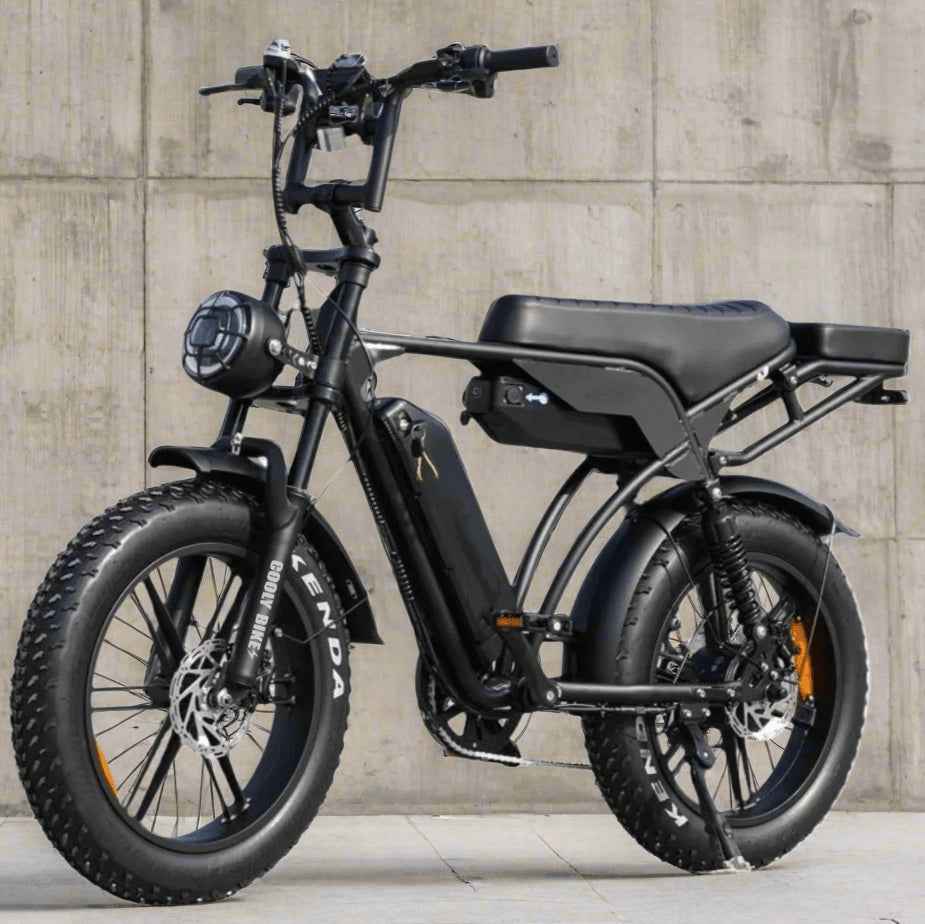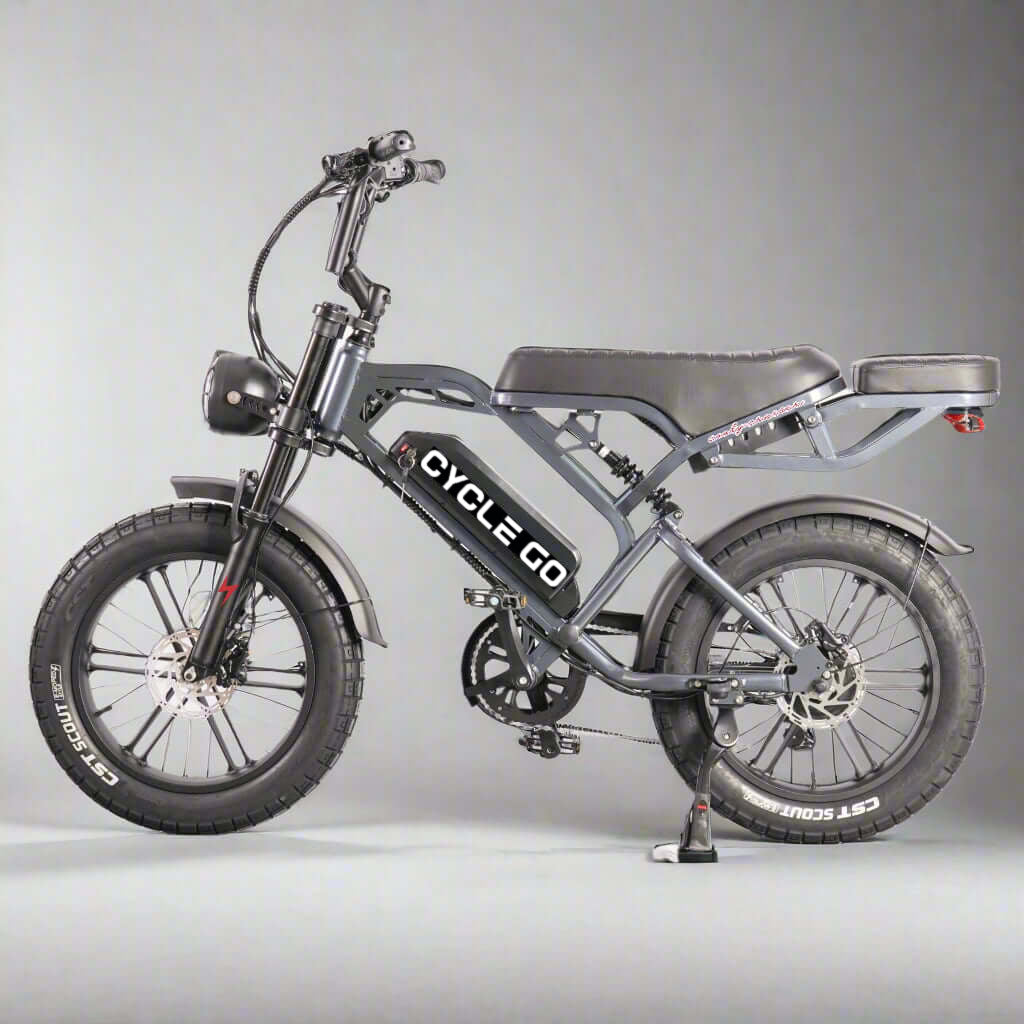E-bike batteries power your rides, but they also demand responsible handling. Lithium-ion batteries are safe when used correctly, yet improper charging, storage, or handling can lead to reduced lifespan—or in rare cases, safety risks.
In this guide, we share practical e-bike battery safety tips for Australian riders to keep your rides safe and worry-free.

Why E-Bike Battery Safety Matters
-
High Energy Density: Lithium-ion packs store a lot of power in a small unit.
-
Replacement Cost: A new battery can cost hundreds of dollars.
-
Safety Risks: Poor charging habits, extreme heat, or physical damage can cause malfunctions.
By following a few simple guidelines, you can prevent problems and extend your battery’s life.
Safe Charging Practices
-
Use the Original Charger
Always charge with the manufacturer’s charger to match voltage and safety standards. -
Charge in a Safe Location
Place your e-bike or battery on a flat, non-flammable surface—avoid charging near curtains, paper, or flammable liquids. -
Avoid Overnight Charging
Unplug once the battery reaches 100%. Leaving it plugged in for days can cause unnecessary stress. -
Check for Heat
A slightly warm battery is normal. If it feels excessively hot, disconnect immediately and inspect.
Safe Storage Guidelines
-
Keep Away from Extreme Temperatures
Store between 10°C and 25°C. Don’t leave batteries in hot cars or direct sunlight. -
Partially Charged for Long-Term Storage
Store at 40–60% charge if unused for weeks or months. -
Avoid Damp Areas
Moisture can damage battery electronics and lead to corrosion.
Handling and Maintenance Tips
-
Inspect Regularly: Look for cracks, swelling, or loose connections.
-
Avoid Water Submersion: Light rain is usually fine, but don’t fully immerse the battery.
-
Transport Carefully: Use protective casing when flying or shipping.
When to Replace Your Battery
If your battery shows these signs, it may be unsafe to use:
-
Noticeable swelling or bulging.
-
Frequent overheating.
-
Sharp drop in range even after a full charge.
When in doubt, consult your e-bike manufacturer or replace the battery with a certified unit.
Final Thoughts
E-bike batteries are safe, efficient, and reliable—when treated correctly. By practicing safe charging, storage, and handling, Australian riders can enjoy longer battery life and worry-free rides.
Looking for reliable e-bikes with certified battery systems? Explore our E-Bike Collection today.


























0 comments